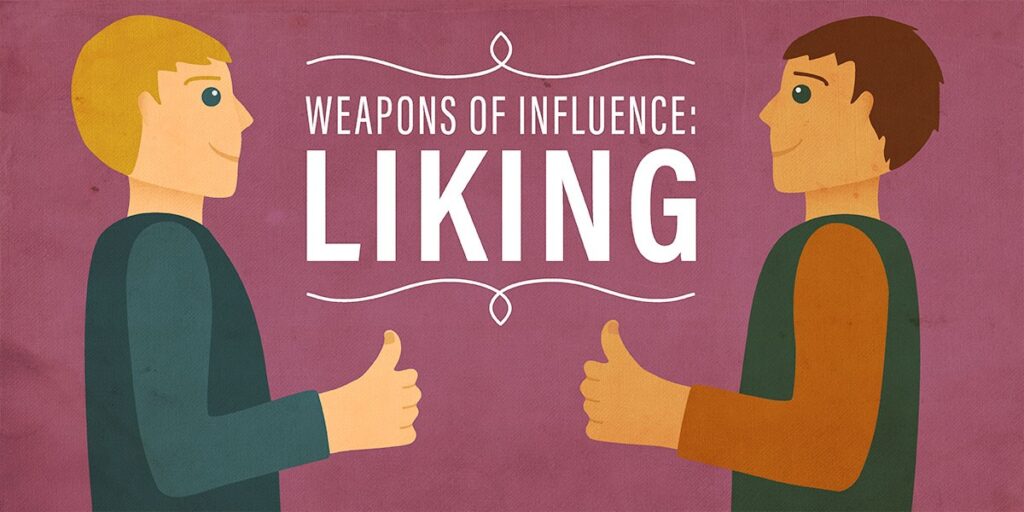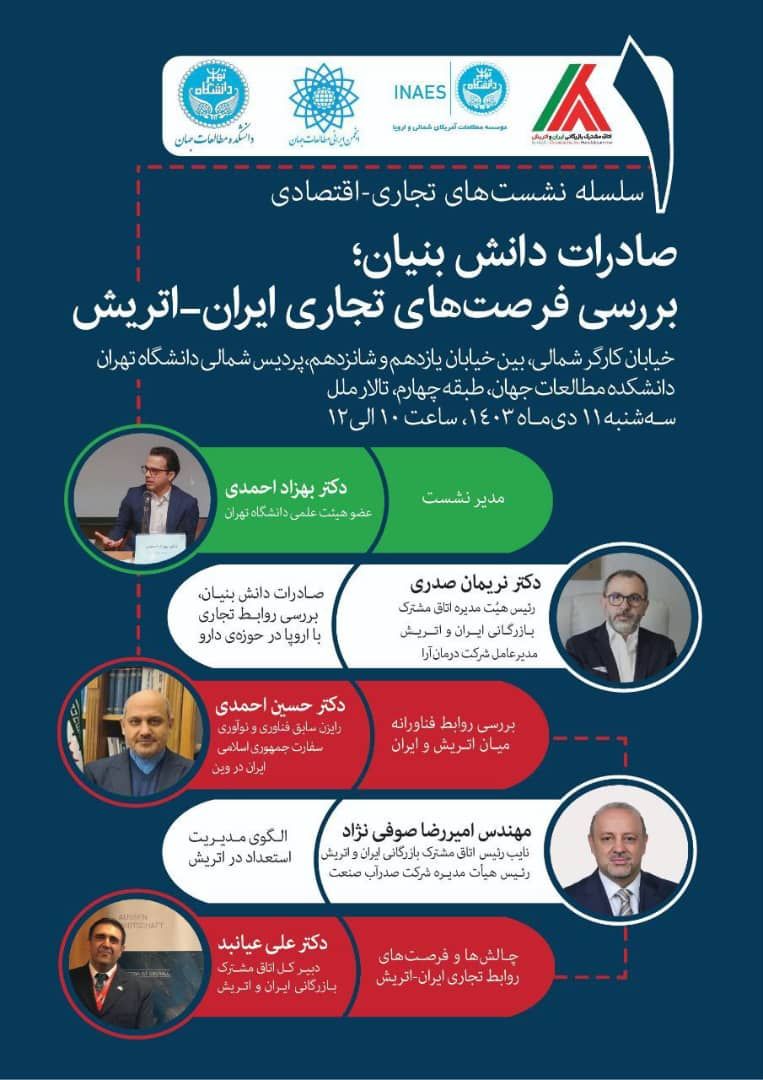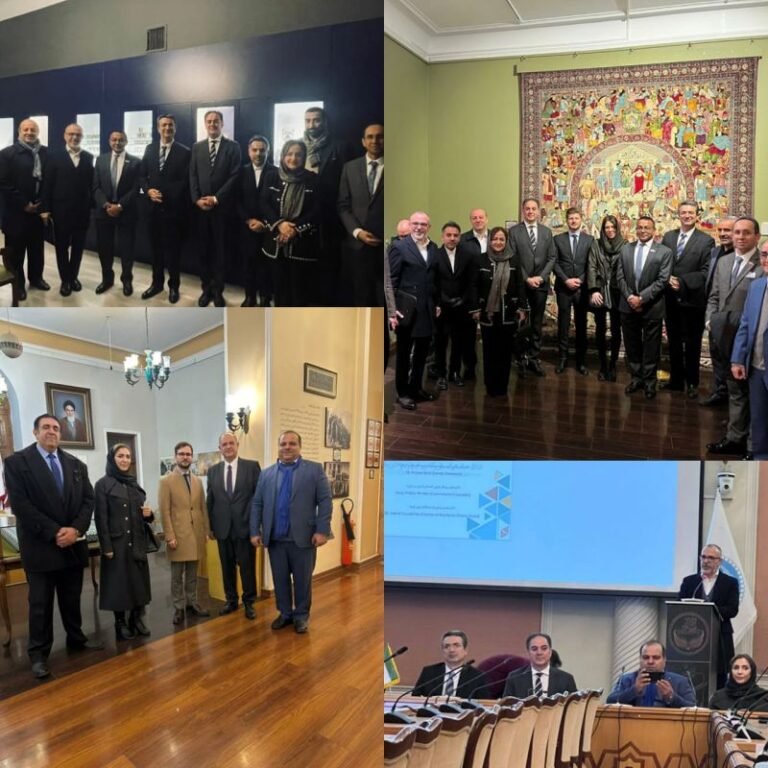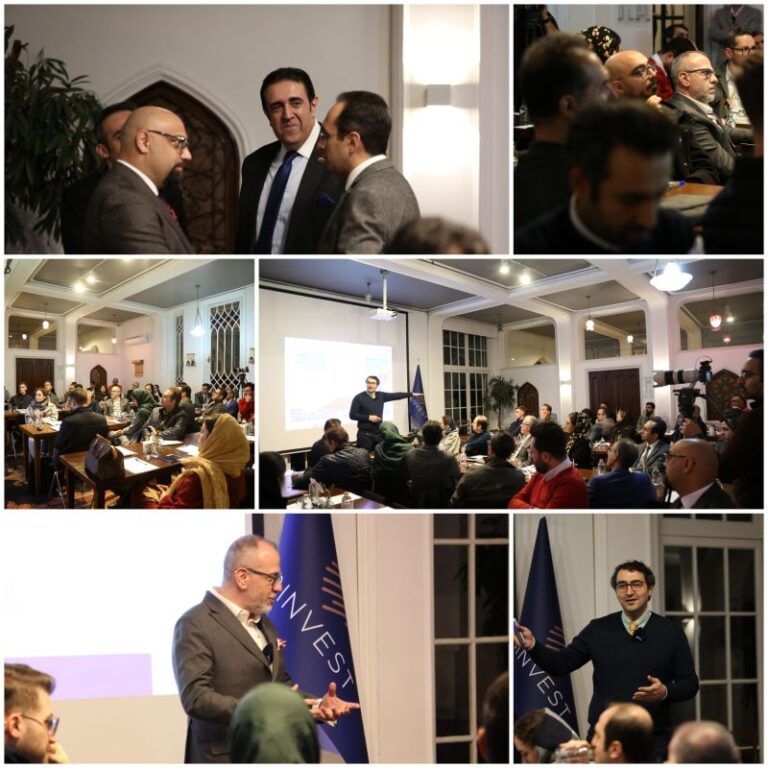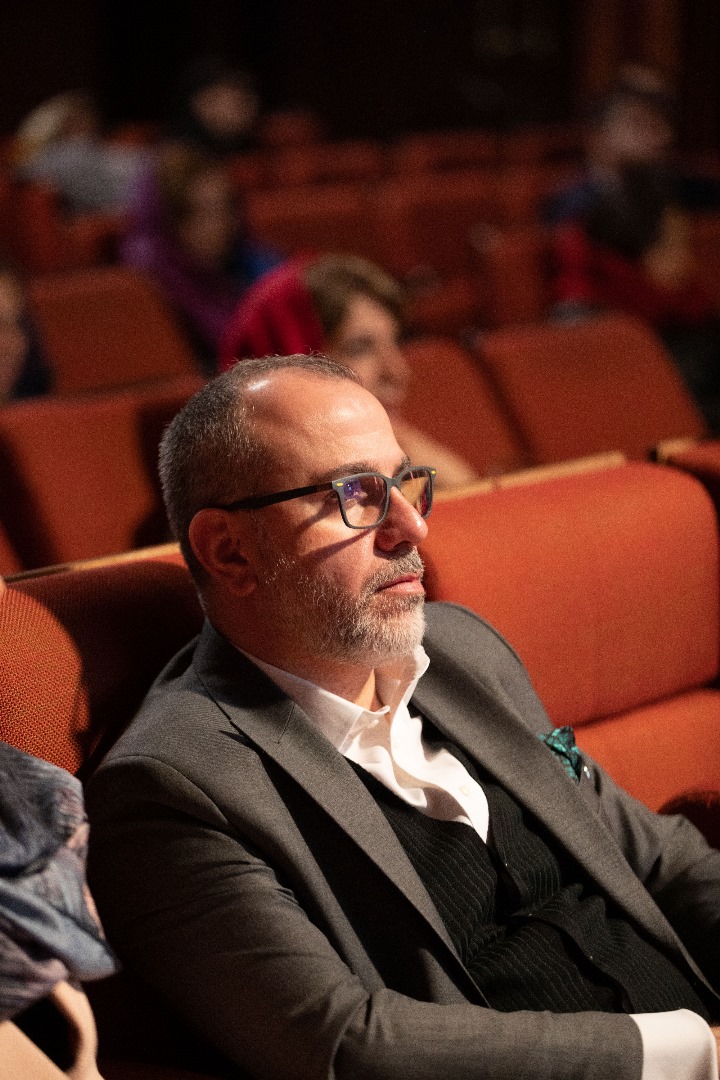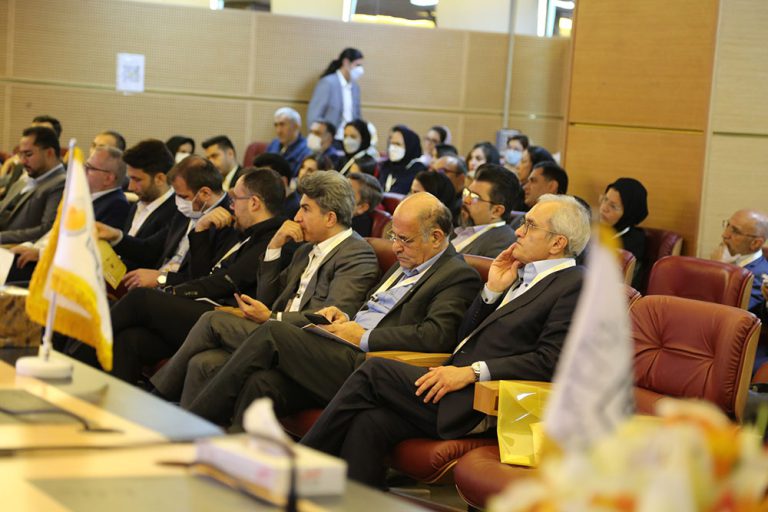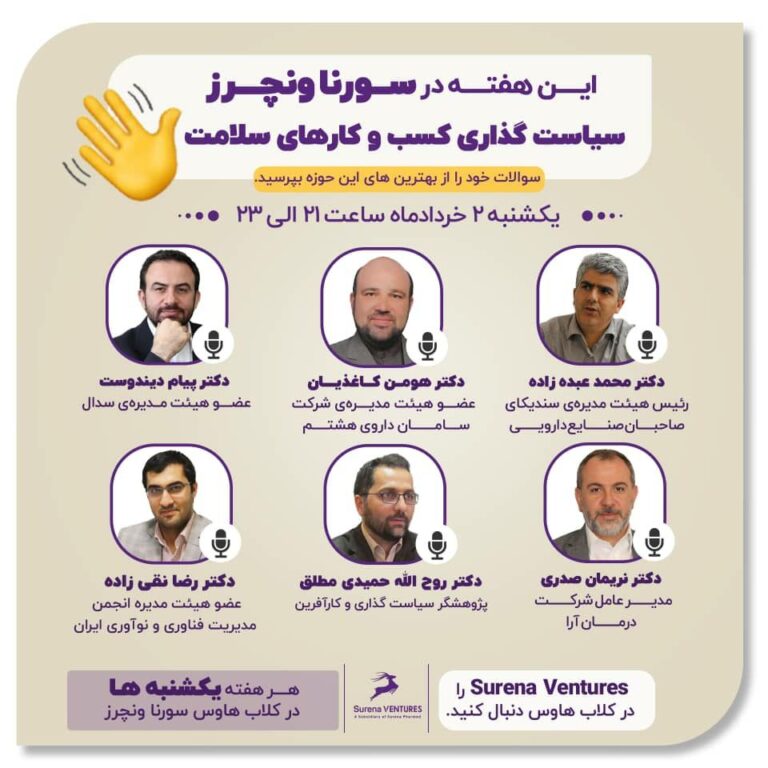As a general rule, we tend to respond more positively to requests from people we know and like. Interestingly, this simple principle can be used in hundreds of different ways to persuade you to do something that, without the influence of another person, you wouldn’t have done yourself.
In social interactions, individuals with attractive appearances often have a competitive advantage over those with similar social skills but average physical features. There seems to be a kind of automatic, “click-like” reaction with these individuals, which psychological experts refer to as the halo effect. This effect occurs when one positive characteristic of a person (such as physical attractiveness) is generalized to their other attributes meaning that because someone is good-looking, they are also perceived as more trustworthy, and it becomes easier to persuade others to do things. This is why attractive salespeople are commonly used in various industries, based on the halo effect.
Another powerful persuasion technique based on liking is similarity we are much more easily persuaded by someone who shares similar cultural, ethnic, or educational traits with us. It is advisable, when negotiating, to find aspects of commonality with the person you’re negotiating with and emphasize these similarities through conversation. This similarity effect makes the other person more likely to like you, and it can make problem-solving during negotiations easier.
There are several other ways to persuade through liking, such as complimenting the other person or offering help or collaboration in a related matter. I would like to share my personal experience of saying “no” when I was persuaded to do something using this technique. It’s a story about the time I didn’t say no, and ended up spending several hundred euros.
On my way back from Paris to Tehran, I had a few hours’ layover at Istanbul Airport. I always enjoy browsing the airport shops to pass the time and maybe make a purchase. On that particular evening, I was in a more energetic mood than usual and found myself walking around when I entered a new store a French brand I had received a shirt from as a gift, but I had no idea about its prices. An attractive Turkish salesperson (first step) came up to me and asked if he could help. I coldly replied “No,” and he then asked if I was tired from the long transit (second step). I said I had a few hours to spare. He left and came back with a glass of lemonade, saying it would help refresh me (third step). Slowly, I began to warm up, and I started asking him about the clothes. He asked if I was a businessman because I was wearing formal clothes during my travels, and then complimented me on my outfit and the color choices I had made (fourth step).
In the end, dozens of other steps were taken, and I ended up buying a shirt from him. But in the second 20 minutes, he convinced me to buy another shirt, a sweater, and two pairs of pants. I was happy with my purchase when I arrived in Tehran, and everything seemed fine until my next trip to Paris, when I realized I could have bought those same clothes for about 30% less. As you read this, I can almost hear a deep sigh within me.
So, what’s the advice in situations like this? In Robert Cialdini’s book Influence, he explains an interesting technique for saying “no” in these kinds of situations. It’s essential to act like a jiu-jitsu fighter this martial art is based on not resisting blows but being aware of them and maneuvering at the right moment. In the example above, before deciding to make the purchase, I should have evaluated the situation and asked myself: “Is it normal to be persuaded this much in just 20 minutes by a salesperson?” If the answer was no, I would have realized that techniques were being used to make me like the salesperson and, consequently, persuade me to buy clothes. At that point, I should have paused, set aside the salesperson’s tactics, reviewed my purchasing goals, compared the items, and avoided getting caught up in the persuasion.
Liking is perhaps one of the most powerful persuasion techniques. Often, the persuader uses it naturally without any deliberate plan, and many times, the person being persuaded enjoys the process even if they know the reason is because of the liking factor. However, it’s good to be aware of this technique so that we don’t fall into its trap when making more significant decisions than purchasing clothes.

